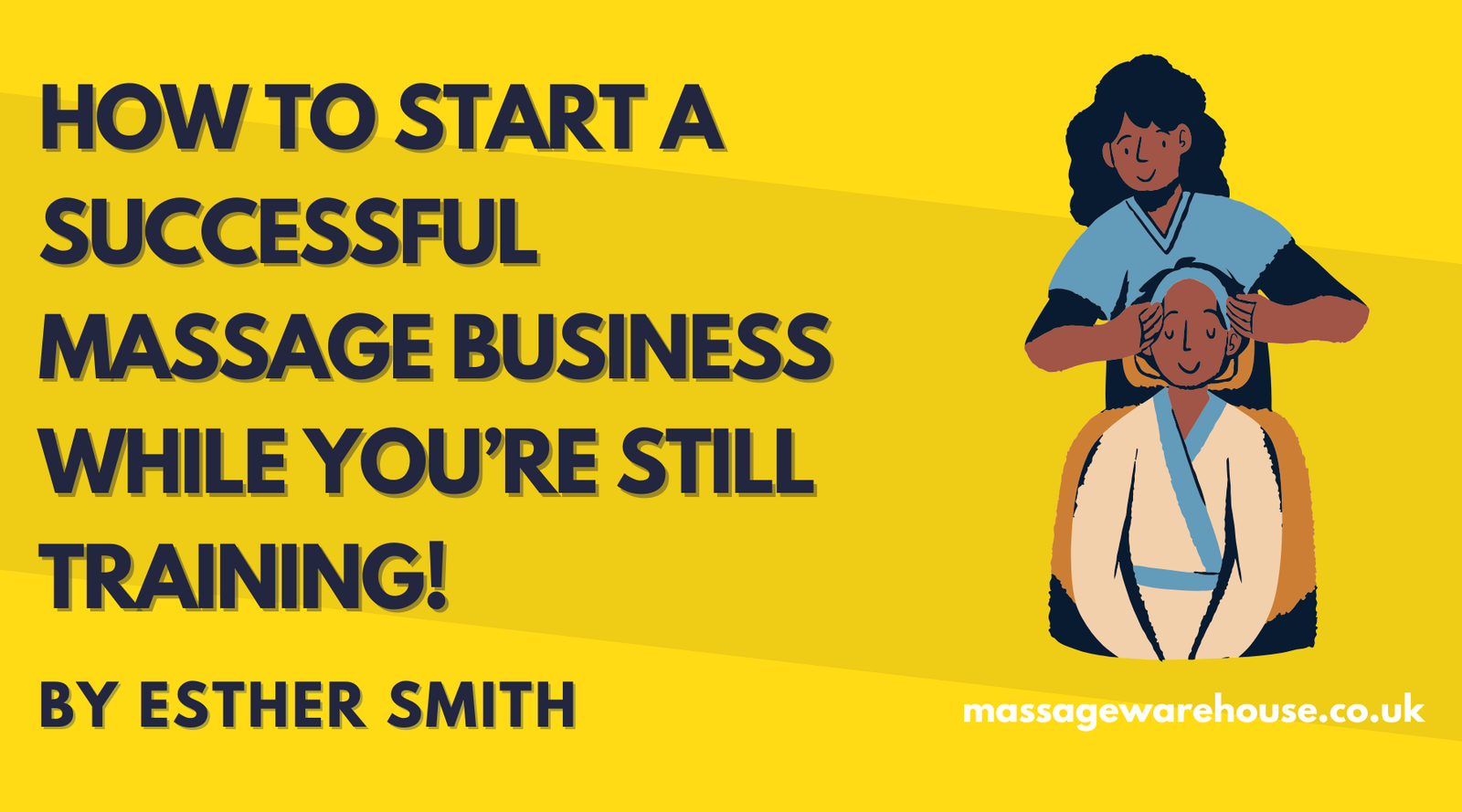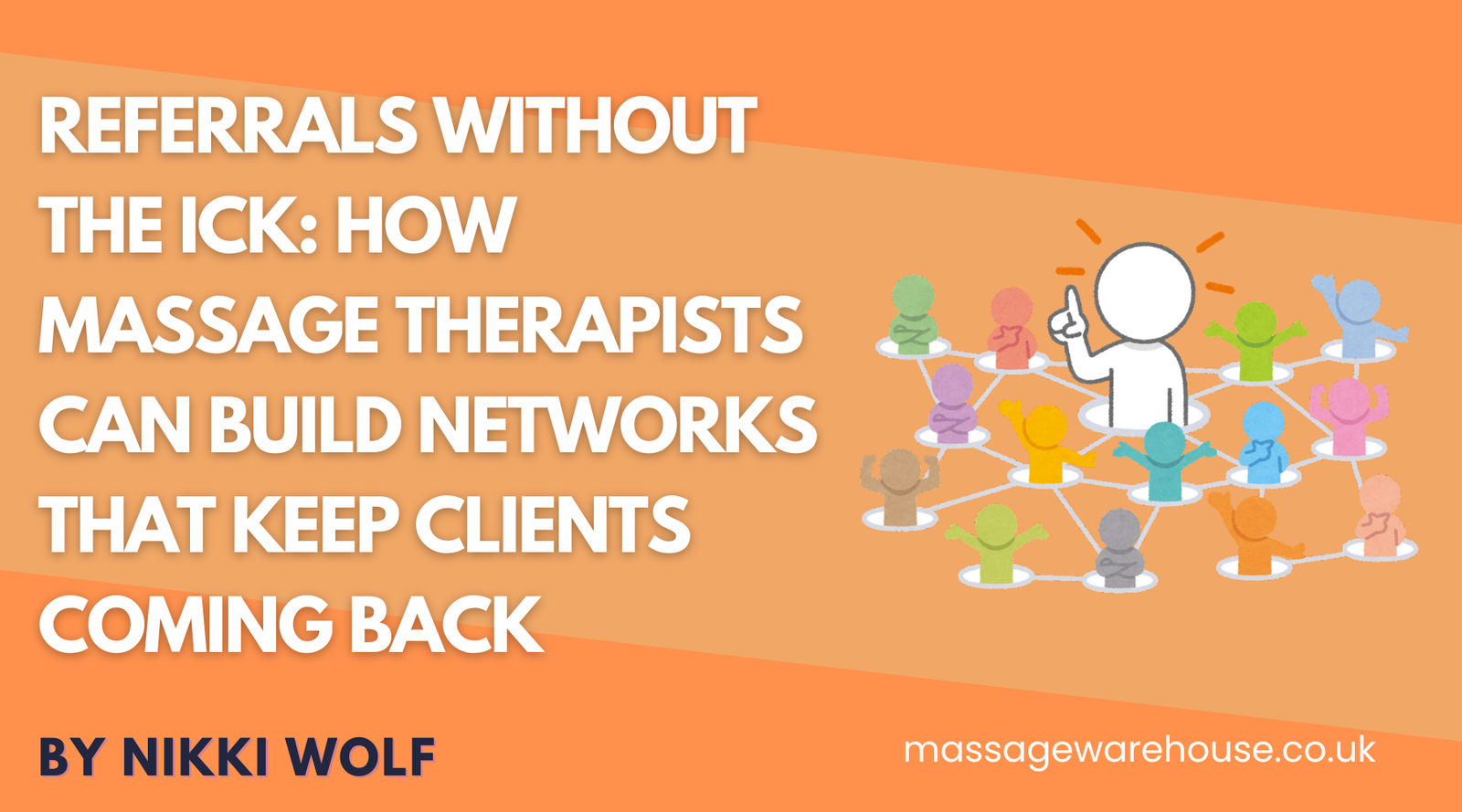Your Cart is Empty
This table is exactly as deluxe as described on the listing. The whole table is very sturdy, very well made with great attention to detail. It is sturdy, extremely comfortable and very tall if needed. It is relatively heavy so make sure you have sufficient strength to manoeuvre it around or make use of a trolley.
Delivered promplty and excatly as described. I will be buying again and would highly recommend! 5* +!
Excellent fit & easily wipeable. Recommended.
A new set for my new table - love it. I do find the ties on the fitted sheet are very long (and slightly unnecessary for my usage) and have chopped them off. Fits the bed perfectly and the velcro is strong for the headrest
Good chair, easy to fold and unfold thanks to light weight and robust features.
Only used for a few weeks but happy with the purchase so far, clients seem to find it comfortable.










